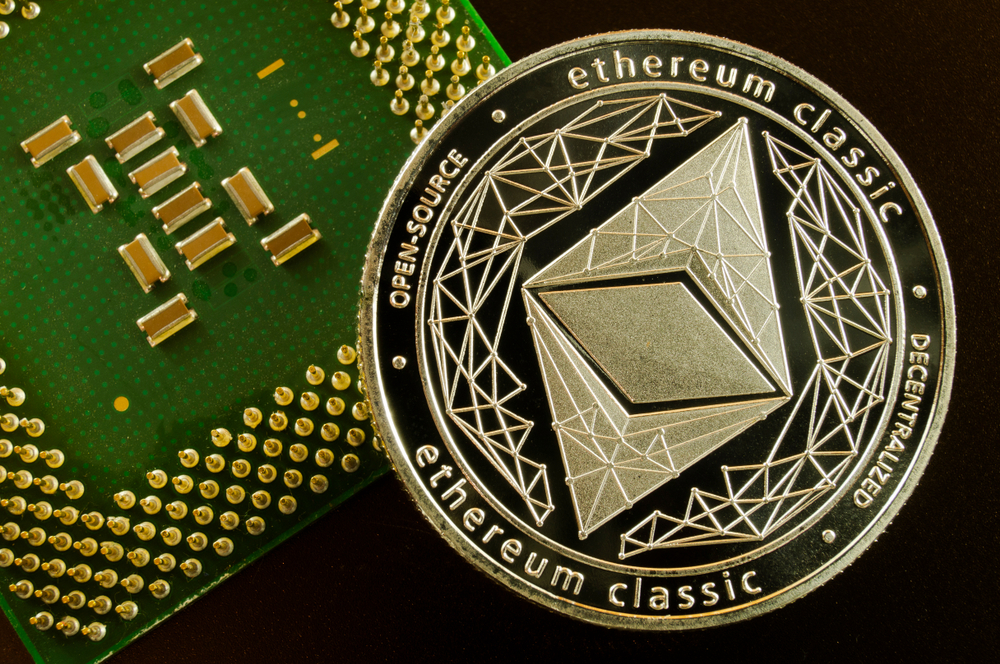Ethereum blockchain network seems to be facing a lot of hurdles and unforeseen contingencies ahead of its upcoming system upgrade. Gas fee inflation has earlier hit the network, and EP1559 is no more effective on the blockchain.
ETH Likely Suffering Effects from Lack of Deflation
For the past few months, ETH has been having issues with a drop in gas fees charged for transactions on the network. This decline was attributed to the upcoming transition to ETH 2.0 on the blockchain coming up in September.
ETH price and market demand have been declining in the market, though the current bear market may be a factor. Before the implementation of the burning mechanism, Defi (Decentralized finance) and NFT space were bulling with no obstruction.
Investors and users were quite ready for deflation during and after the EIP1559 implementation. If the market has reacted in the predicted manner then ETH would have deflated causing users to sell out their holdings at a low price.
The high selling pressure would cause ETH to rebound back into the market and make astronomical gains as a comeback. The ETH market is unaffected by the lack of demand as whales, holder is targeting tokens and coins with potential in the market space.
If the buying pressure keeps increasing on the cryptocurrency network, a deflation rally may set in. It seems the effect of the upcoming proof-of-work to proof-of-stake consensus protocol is finally manifesting in the markets.
EIP1559 No longer Effective; Expectations Cut Short
The decline in the interest rate caused transactions and activities on the blockchain network to reduce and crash. Whales, investors, and ETH blockchain were rest assured in the EIP1559 gas fee burning mechanism, to regulate the gas fee charges.
EIP1559 has gone AWOL, and it seems to have lost its gas burning capability, the gas burnt by the system reached its all-time lows. Currently, the gas fee charged on the blockchain is back to the price in May 2020. According to Glassnode, about 11% of ETH were removed from the market causing the lowest lows.
The EIP1559 mechanism was implemented as a method to burn more gas on the blockchain in August 2021. The implementation aimed to burn out all the insignificant gas fees, which was also expected to affect the ETH circulation.
Before the EIP1559 burning mechanism implementation, ETH was expected to deflate after the process. However, the network took a different turn and inflated instead of the predicted deflation. Investors, whale expectation is an increment in the coin price before the proof-of-stake transition in September.
